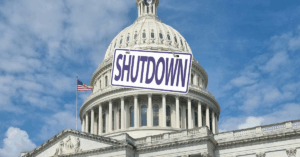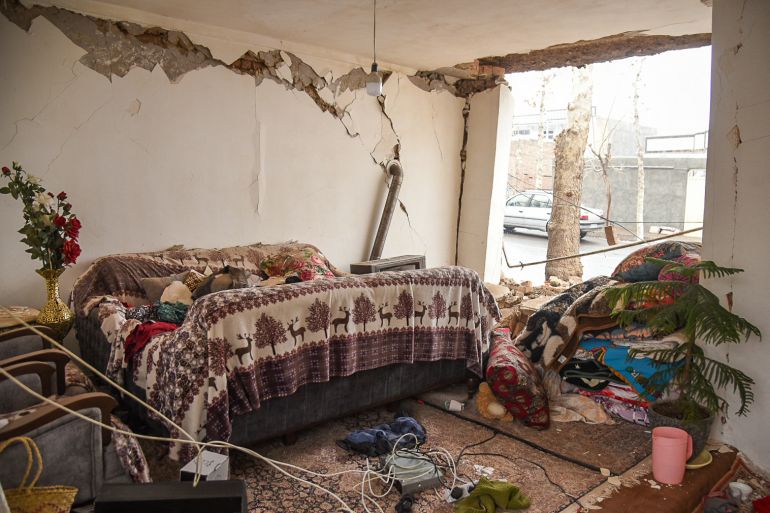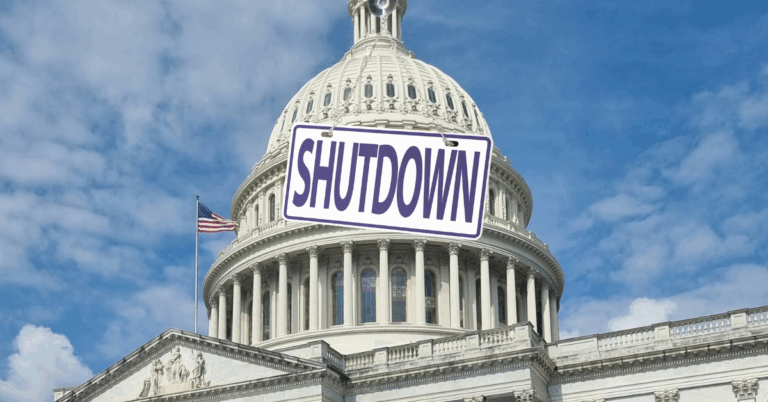Understanding the Earthquake in Iran: Causes, Impacts, and Response
The earthquake in Iran has captured global attention as it resulted in devastating consequences for the affected regions. As one of the most earthquake-prone countries in the world, Iran frequently experiences seismic activity. This blog post delves into the details surrounding the recent earthquake, exploring its causes, impacts, and the response from both local and international communities.
Recent Earthquake in Iran: Overview
On January 29, 2023, a powerful earthquake struck Khoy, a city in northwest Iran, resulting in significant damage and loss of life. According to reports from Al Jazeera, the earthquake registered at a magnitude of 5.9 and was felt across a wide area, prompting immediate reactions from local authorities and international aid organizations.
The Geology Behind Iran’s Seismic Activity
Iran’s geographical location is a major factor in its susceptibility to earthquakes. Situated between the Arabian and Eurasian tectonic plates, the country experiences constant geological pressure. These tectonic movements lead to frequent earthquakes, some of which can be quite severe.
Geologists have identified several fault lines in Iran, such as the North Tehran Fault and the Main Recent Fault, which are known for their activity. This seismic risk is compounded by the aging infrastructure in many regions, making the impacts of any significant earthquake particularly devastating.
Impact of the Earthquake in Khoy
The fallout from the recent earthquake in Khoy has been catastrophic. Initial reports indicated numerous casualties, with dozens of fatalities and many more injured. Family homes have been destroyed, and essential services disrupted, leaving residents in desperate need of aid.
In addition to loss of life, the earthquake affected local businesses and economic activity. Many small business owners faced immediate financial loss and uncertainty about their future. The psychological toll on the community, particularly among those who have lost loved ones or their homes, adds a layer of complexity to the recovery efforts.
Response and Recovery Efforts
In the wake of the earthquake, the Iranian government has mobilized emergency services to assist those affected. Search and rescue operations were conducted immediately to locate survivors trapped under debris. Local hospitals received an influx of patients requiring urgent care for injuries sustained during the quake.
International humanitarian organizations have also reached out to offer assistance. The Iranian Red Crescent and other NGOs are collecting donations and supplies to support recovery efforts. However, access to some remote regions has been challenging, which hinders the speed of aid delivery.
Lessons Learned from Past Earthquakes
Iran has a long history of dealing with earthquakes. Past incidents, such as the Bam earthquake in 2003, which killed over 26,000 people, have highlighted the need for reform in building standards and disaster preparedness. Many buildings in Iran do not meet modern seismic design standards, leading to increased vulnerability during earthquakes.
Following recent earthquakes, government officials have discussed the importance of developing an effective public awareness campaign about earthquake preparedness. Educational programs focusing on what to do before, during, and after an earthquake may significantly reduce panic and confusion in future events.
The Role of Technology in Disaster Response
Emerging technologies play a crucial role in enhancing disaster response efforts. For example, geospatial mapping and data analytics can improve the efficiency of resource allocation during emergencies. Moreover, social media platforms have proven effective for real-time communication between affected residents and responders.
AI-driven tools may also facilitate better risk assessment and management of resources, ensuring that aid reaches those most in need promptly. The integration of technology in preparation and response not only helps save lives but can also streamline recovery processes.
Conclusion: Towards a Resilient Future
The earthquake in Iran serves as a stark reminder of the natural challenges faced by our world. As we reflect on the events that unfolded in Khoy, it is vital for all stakeholders—government, businesses, and citizens—to come together to enhance preparedness and resilience.
With continuous improvements in infrastructure, public awareness, and the utilization of modern technology, Iran can better equip itself to handle inevitable future seismic events. The goal should not only be to recover from disasters but to build a future that can withstand them.








